The Independent's journalism is supported by our readers. When you purchase through links on our site, we may earn commission.
World's best chocolate producers, from Italy to Iceland
From Fiji to Finland, here are some of the most exciting places to indulge your sweet tooth this Easter

Your support helps us to tell the story
From reproductive rights to climate change to Big Tech, The Independent is on the ground when the story is developing. Whether it's investigating the financials of Elon Musk's pro-Trump PAC or producing our latest documentary, 'The A Word', which shines a light on the American women fighting for reproductive rights, we know how important it is to parse out the facts from the messaging.
At such a critical moment in US history, we need reporters on the ground. Your donation allows us to keep sending journalists to speak to both sides of the story.
The Independent is trusted by Americans across the entire political spectrum. And unlike many other quality news outlets, we choose not to lock Americans out of our reporting and analysis with paywalls. We believe quality journalism should be available to everyone, paid for by those who can afford it.
Your support makes all the difference.With Easter just around the corner, now is the time to start contemplating the delicious, sugary world of chocolate.
While Switzerland may be renowned as the global frontrunner for the quality of its chocolate, the world is awash with excellent and often unusual factories, producers and shops.
Here are some of the most unique places in the world to see, smell and, most importantly, taste the cocoa-based treat gifted to us by the Aztecs.
Ireland’s rugged Wild Atlantic Way might seem an unusual spot for a chocolate factory – and it is.
But where there are chocolate lovers, there’s no reason not to open a chocolate factory (as Willy Wonka knew full well).
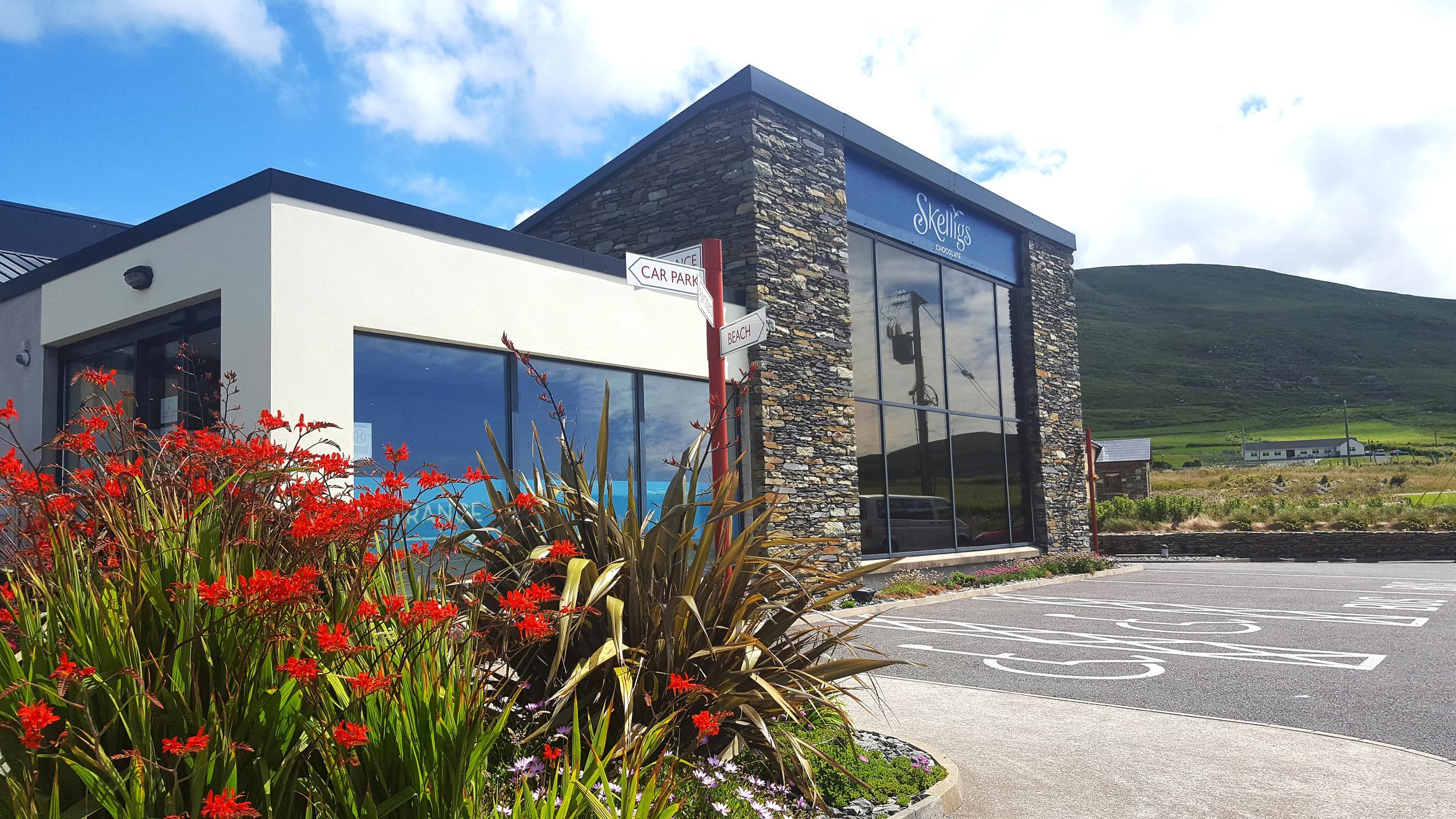
It’s with that in mind that Skelligs Chocolate factory was opened in Kerry in 1996. As managing director Colm Healy says: “We were asked by a visitor, ‘What’s it like being in the middle of nowhere?’ To which one of my colleagues replied, ‘To us, sir, it is the centre of the universe. It’s all a matter of perspective’.”
The factory has been a huge success since it opened, and is backdropped by lush mountains and the Irish coast.
Located in a repurposed factory in Raleigh, North Carolina, Videri Chocolate Factory is a good example of the change taking place throughout the States, with new life being breathed into once dilapidated buildings.
Many businesses in Raleigh have sprung up in recent years, making everything from chocolate to craft beer.
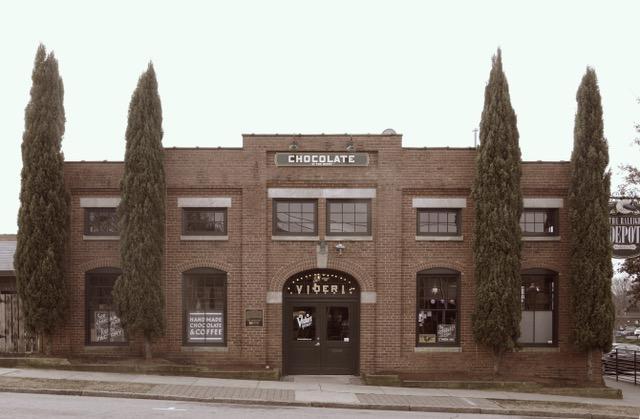
Visitors can go to Videri’s factory floor and witness the chocolate-making process from start to finish, plus sample some chocolate on the outdoor patio, which has a bring-your-own-beer policy.
Omnom was founded by Kjartan Gíslason and Óskar Þórðarson in 2013. The former, a chef, was familiar with using dark chocolate in his work, and began experimenting with flavours and textures.
From there, he teamed up with his childhood friend Óskar and began to source cacao beans from around the world.
The company’s small-batch products quickly boomed in popularity, leading the two to set up a lab in a converted Reykjavik petrol station.
Mišina čokoláda, Czech Republic
A micro-batch factory on the outskirts of Prague, Mišina čokoláda started life with a husband’s gift to his wife.
While living in Dublin, Miša (short for Michaela) received a book called Real Chocolate by Chantal Coady as a present, and loved it so much she dreamed of making chocolate herself.
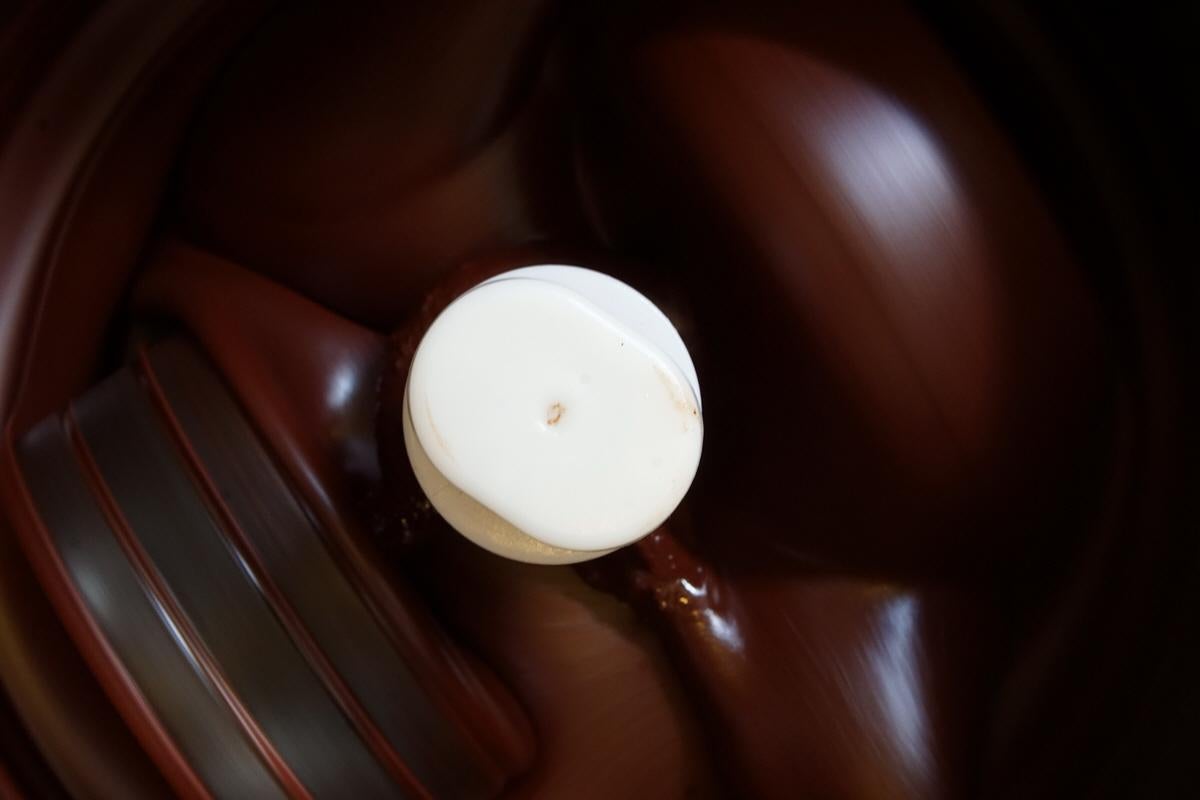
It wasn’t until the two moved back to the Czech Republic that she set about pursuing her own bean-to-bar chocolate production. After sending a single bar to the Academy of Chocolate Awards last year, she won silver.
The Viganotti family have been making artisan chocolates at their Genoan factory in Vico dei Castagna since 1866.
The company continues to use vintage machinery and moulds, with everything involved in the chocolate-making process (including recipes) handed down from owner to owner over the generations.
An award-winning Bulgarian chocolate maker, Casa Kakau’s backstory is as interesting as the company’s wares.
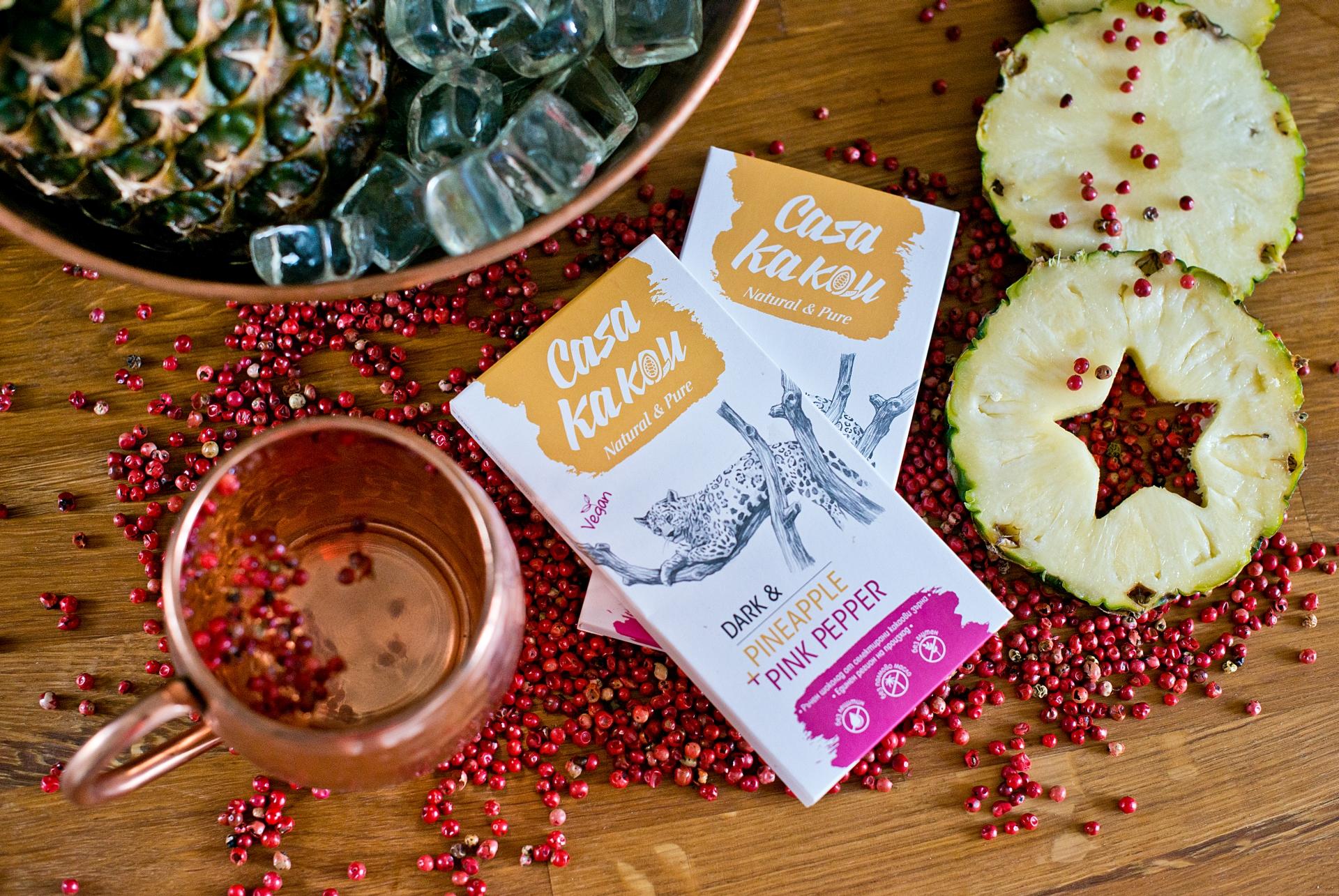
The business began in 2015 when the husband and wife team that now run Casa Kakau were looking for chocolate to give to their son, who suffers from severe allergies.
Casa Kakau was borne out of this desire. Free of lecithin, gluten, additives, preservatives and stabilisers, it has gone on to win many awards.
Fiji’s chocolate history dates back to Commonwealth times. Fijiana Cacao CEO and co-founder Tomohito Zukoshi says: “According to documents from Kew Gardens archives, the very first cacao trees to Fiji was from your botanical garden, ordered by Lord Kimberley around 1800.”
Kimberley intended to circumvent heavy tariffs on sugar and cacao from Latin America, but it wasn’t until 2005 that his plan came to fruition, when the Japanese Zukoshi family emigrated to the island.
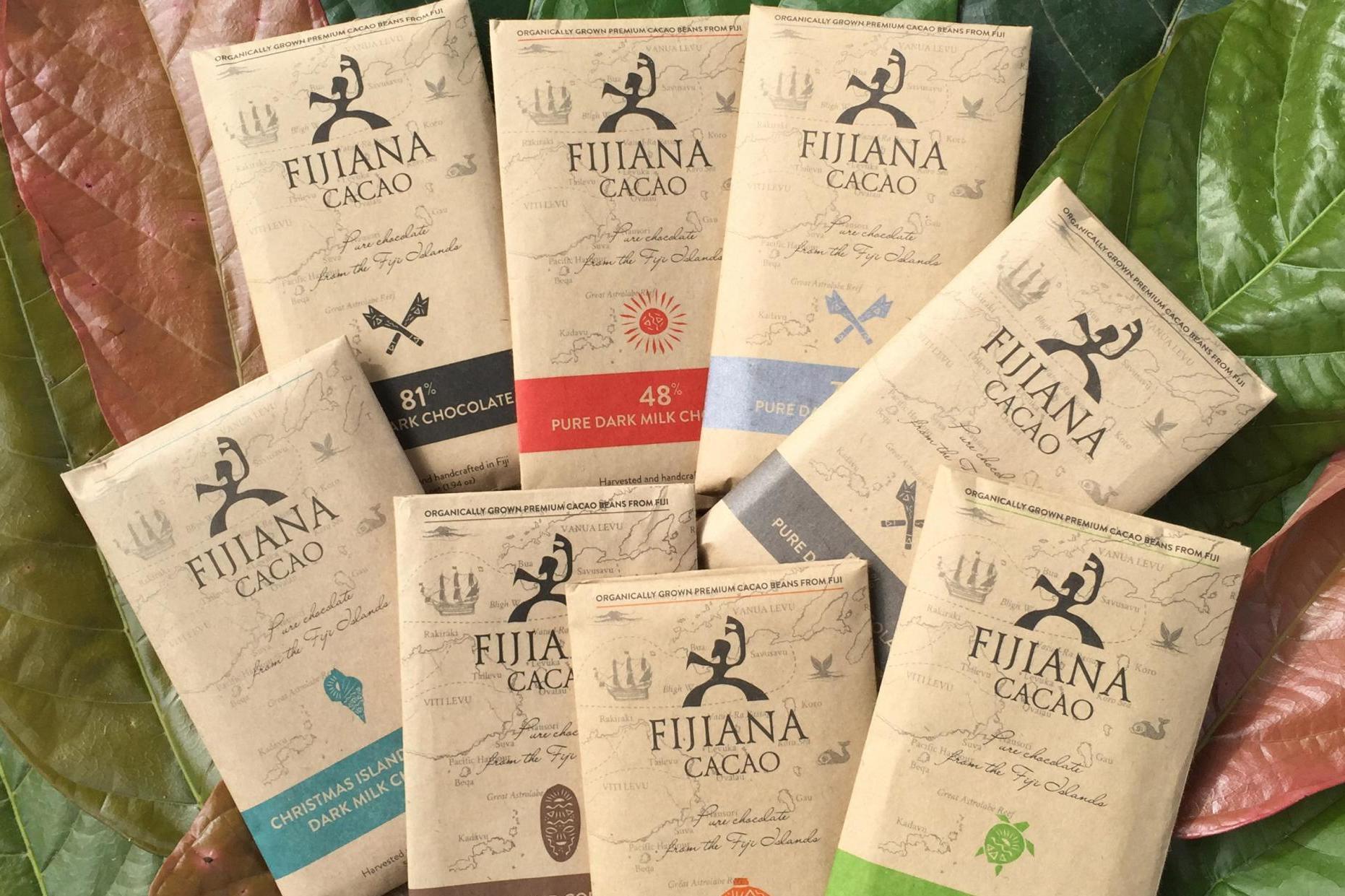
Harvesting wild-grown cacao and Fiji’s raw cane sugar, they’ve been hugely successful, and now make 15 metric tonnes of chocolate per year, while creating sustainable income for local producers.
A winner at the International Chocolate Awards in 2017, Amorina in Eckero (in Finland’s Swedish-speaking Åland Islands) is another chocolate-inspired love story.
While working at the Finnish embassy in Caracas, Venezuelan Mercedes met and fell in love with Peter, a ceramist from Åland.
Swapping South America for Scandinavia, her chocolate, made alongside chocolatier Jan Hedh, combines Åland cream and butter with Venezuelan cocoa to create award-winning handmade chocolates.
Based in Balnakeil on the NC500 route around the north coast of Scotland, Cocoa Mountain is one of the most remote chocolate producers in Europe.
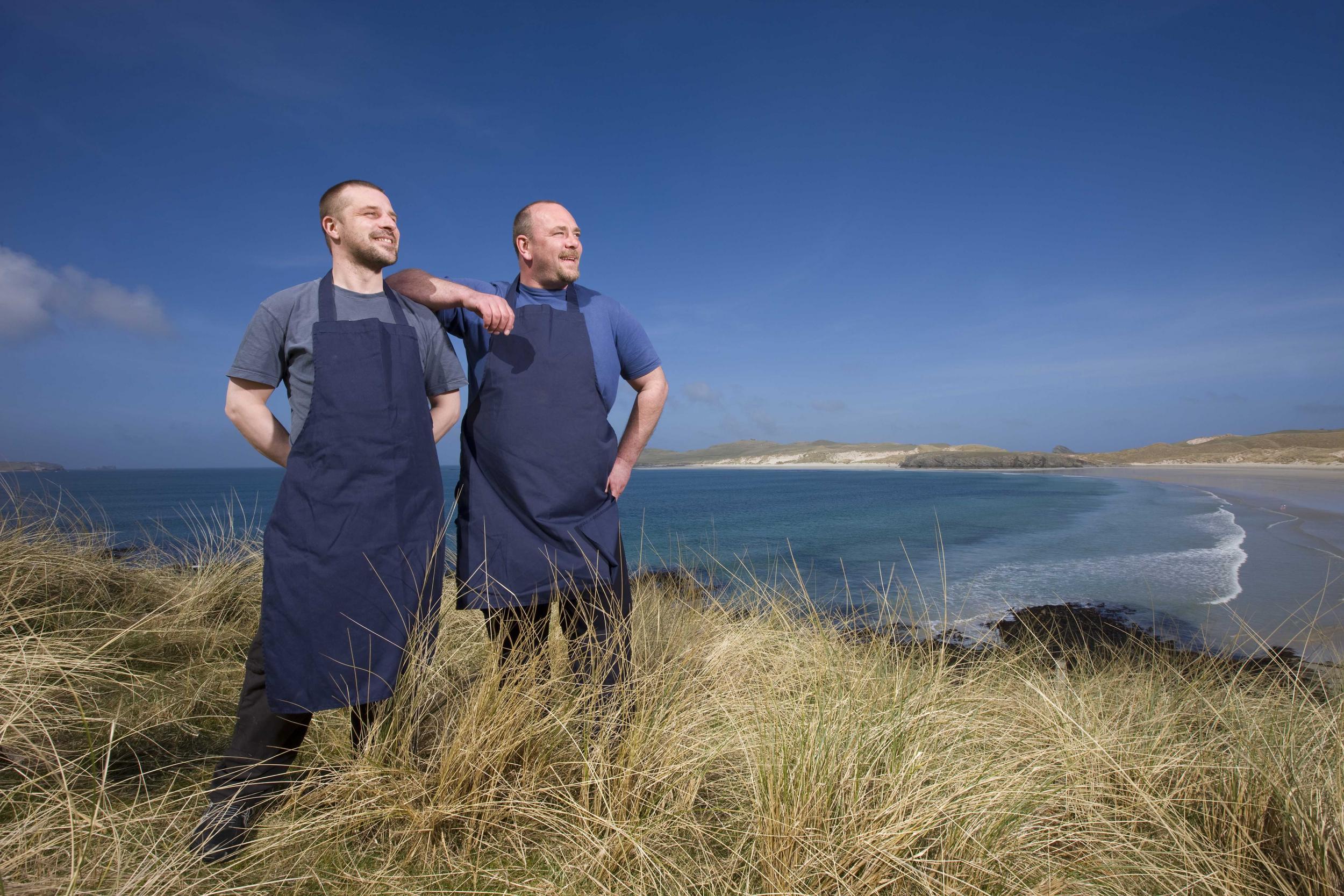
Every truffle and chocolate is handmade on site, and the company opened a second outlet in Royal Dornoch in 2017, serving what it says is the world’s best hot chocolate.
Cioccolato di Modica is a speciality of the Sicilian town of Modica with prodotto agroalimentare tradizionale status to recognise its uniqueness.
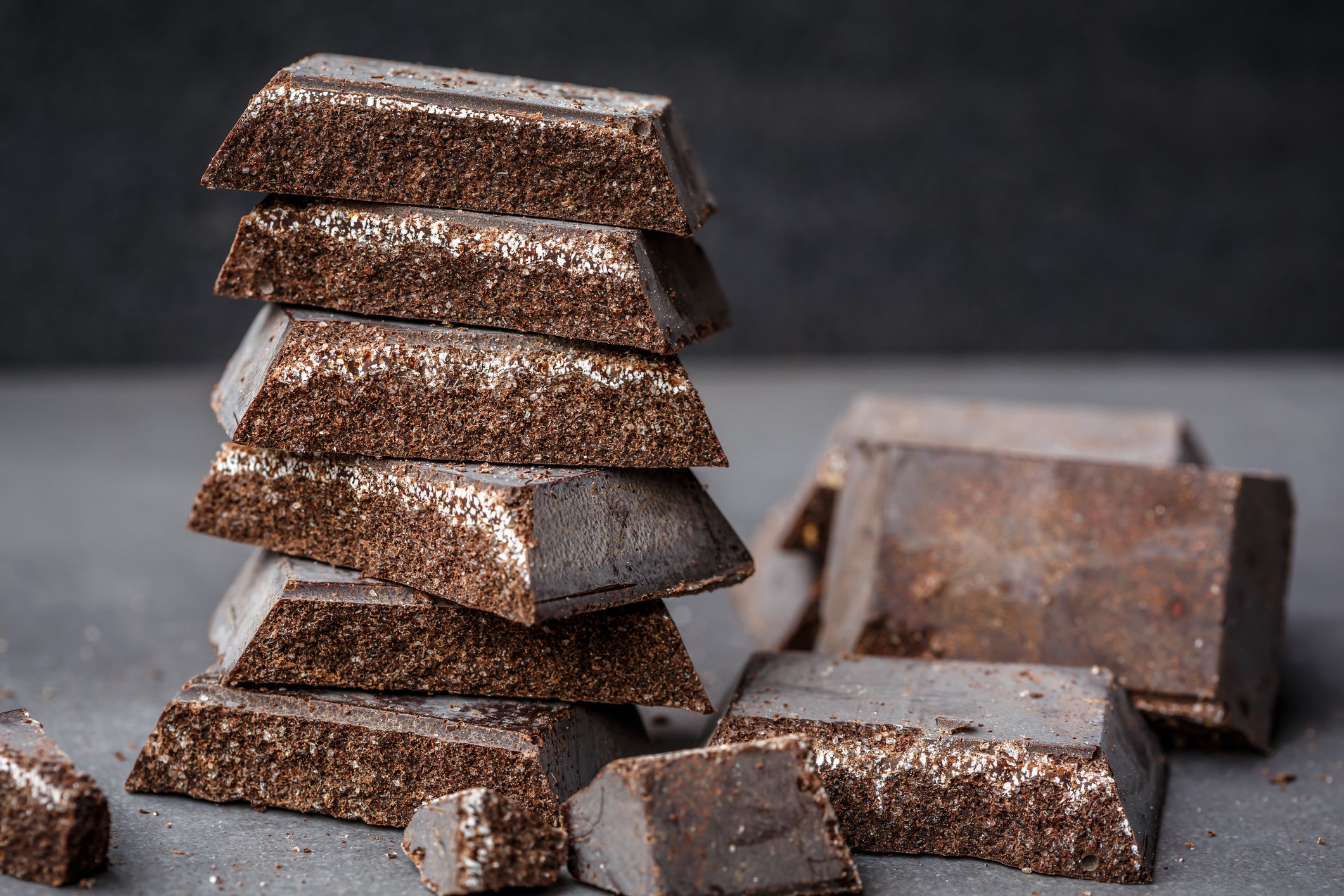
Ground manually, it is distinctly grainy and aromatic, and the method was brought to the island by the Spanish.
The town’s chocolate is the focus of numerous events each year, including the ChocoModica festival, bringing revellers to the streets to celebrate all things chocolate.
Chocolate Road, Oaxaca
What we think of as chocolate today has its origins with Mexico’s Aztecs; the word chocolātl comes from the ancient society’s Nahuatl language.
In Oaxaca, locals buy molienda paste at shops to make the popular hot chocolate drink themselves.
Calle Mina is home to a number of chocolate shops that sell the paste, known for its bitter taste, and while it might be a bit strong for some travellers, it certainly makes for a chocolate experience with a difference.
Geiranger Sjokolade’s Bengt Dahlberg worked as a physiotherapist for seven years before suddenly changing career after a four-day course in chocolate making.
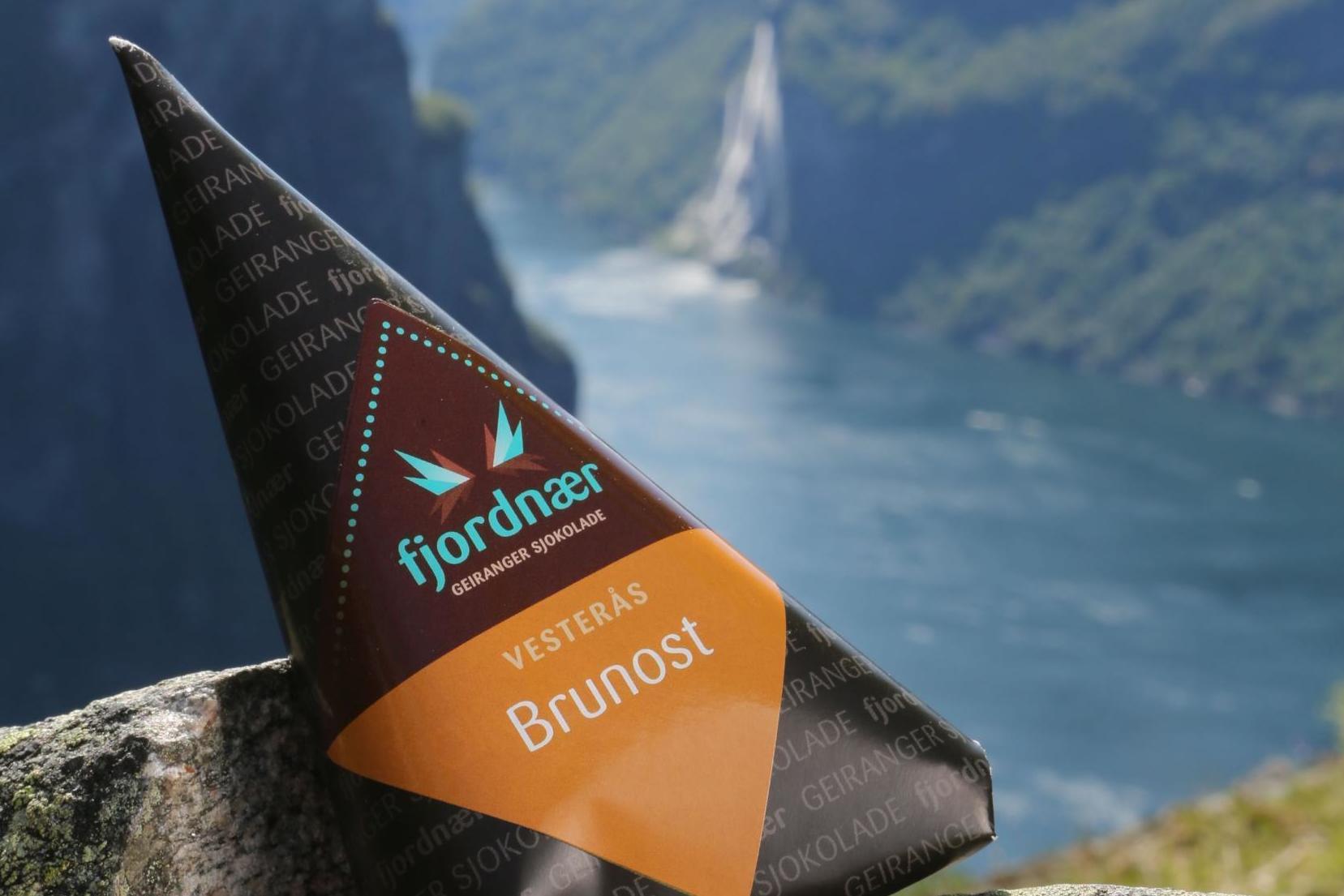
His shop and production centre is based in an old houseboat beside a fjord, with all chocolate handmade and free of preservatives or additives, using local honey from a neighbouring farm.
Geiranger makes a number of uniquely flavoured chocolates, which have proved popular, including one using traditional Norwegian caramelised goat cheese.
There aren’t many chocolate shops around the world named after an independence movement, but 57 Chocolate is one such place.
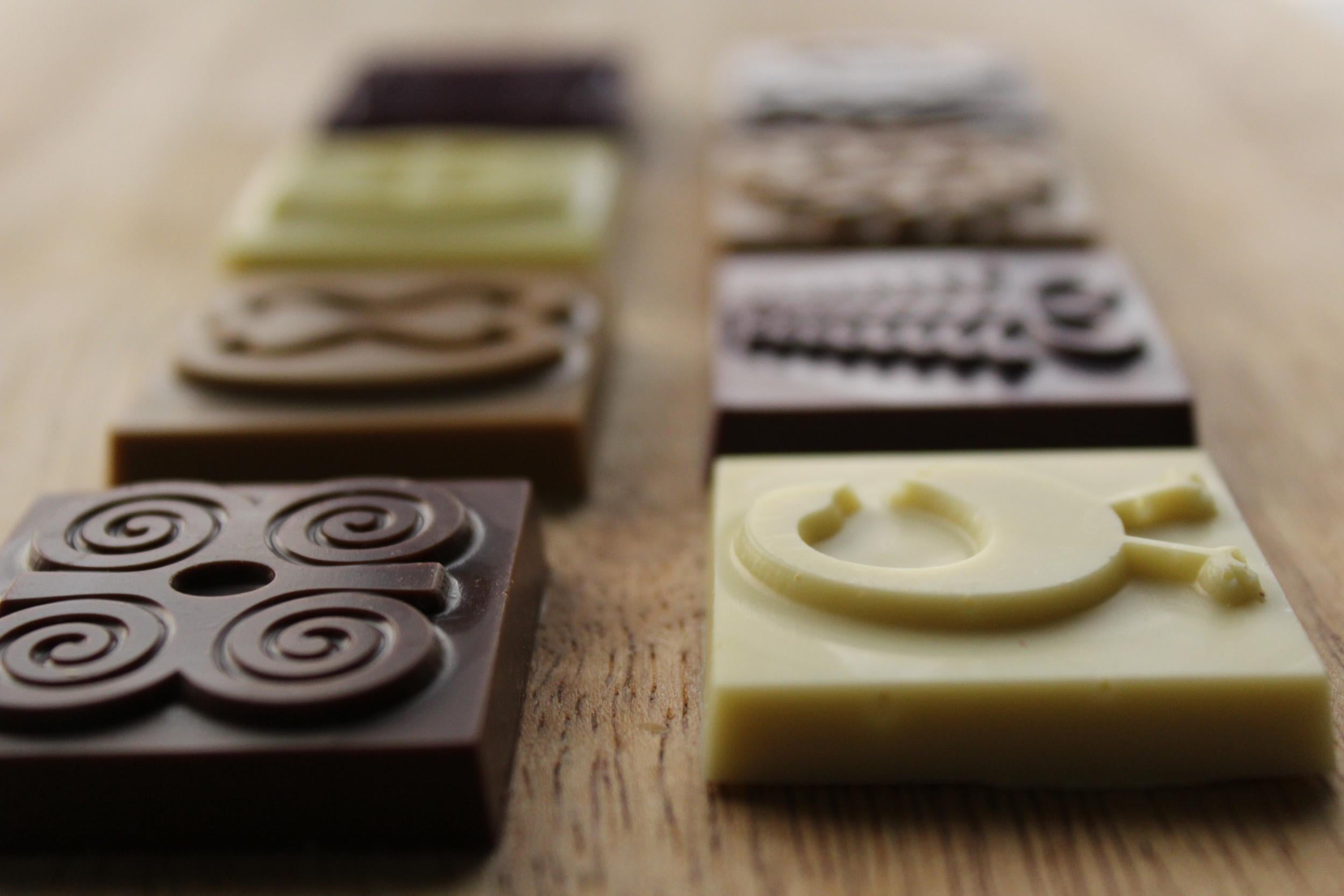
Called 57 Chocolate in honour of the year of Ghana’s independence, the shop is the brainchild of sisters Priscilla and Kimberly Addison, who aim to challenge the “status quo that premium chocolate can only be made in Europe”.
A 45-minute journey up Grenada’s north coast is Diamond Chocolate Factory, which produces Jouvay chocolate.
This chocolate-lovers gem makes its products using organic Grenadian cocoa beans dried right outside the factory. Visitors can enjoy a chocolate smoothie or beer before buying arts and crafts made by local artisans.
Indonesia is well known for its raw chocolates, made from dry-roasted cacao beans and cold-pressed cacao butter.
One of the best places to sample them is in Bali’s Ubud Raw Chocolate Factory, which produces a variety of interesting flavours including raisin and cashew, mint and goji berry, all of which are handmade.
A century old building designed for visitors to enjoy the “food of the gods”, Fábrica Do Chocolate in northern Portugal has its own hotel, restaurant and museum dedicated to chocolate, where guests can learn all about the product’s origins and history, as well as eating it.
Visitors can also enjoy a cocoa or chocolate-based treatment in the spa. Decadent.
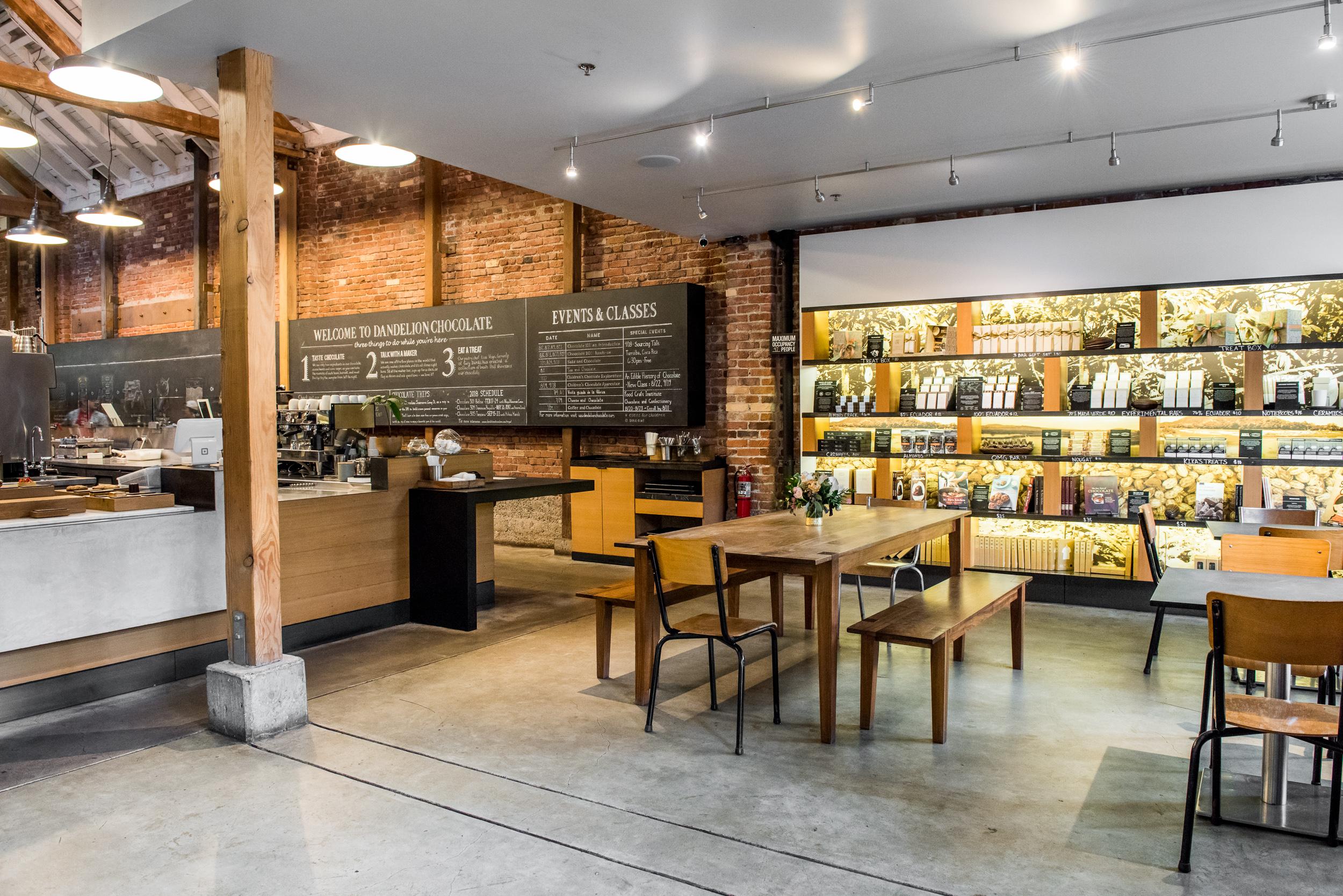
San Francisco’s Dandelion Chocolate is a bean-to-bar chocolate factory based in the Mission District, making chocolate with just two ingredients: cocoa beans and organic cane sugar.
“We roast, crack, sort, winnow, grind, conch and temper small batches of beans in order to preserve the characteristics and nuanced flavours of each single origin,” a Dandelion spokesperson says.
Visitors can watch the chocolate-making process while sipping hot chocolate, and Dandelion also has a factory and four cafes in Japan.
Italian Claudio Corallo moved to Príncipe in the 1990s. Describing his chocolate as “soil to bar”, Corallo is known for his belief that chocolate must be made in the same environment from which its cacao is sourced.
Príncipe might be a long way to go for some cocoa-based goodness, but with a population of less than 5,000 you’re unlikely to be bothered by huge crowds while enjoying the work of one of the world’s foremost chocolate producers.
Pierre Marcolini has been a haute chocolaterie in Brussels since 1995.
Born in Charleroi, Marcolini has won numerous awards for his chocolate, which can be tasted at eight locations around the Belgian capital (and other stores across the world).
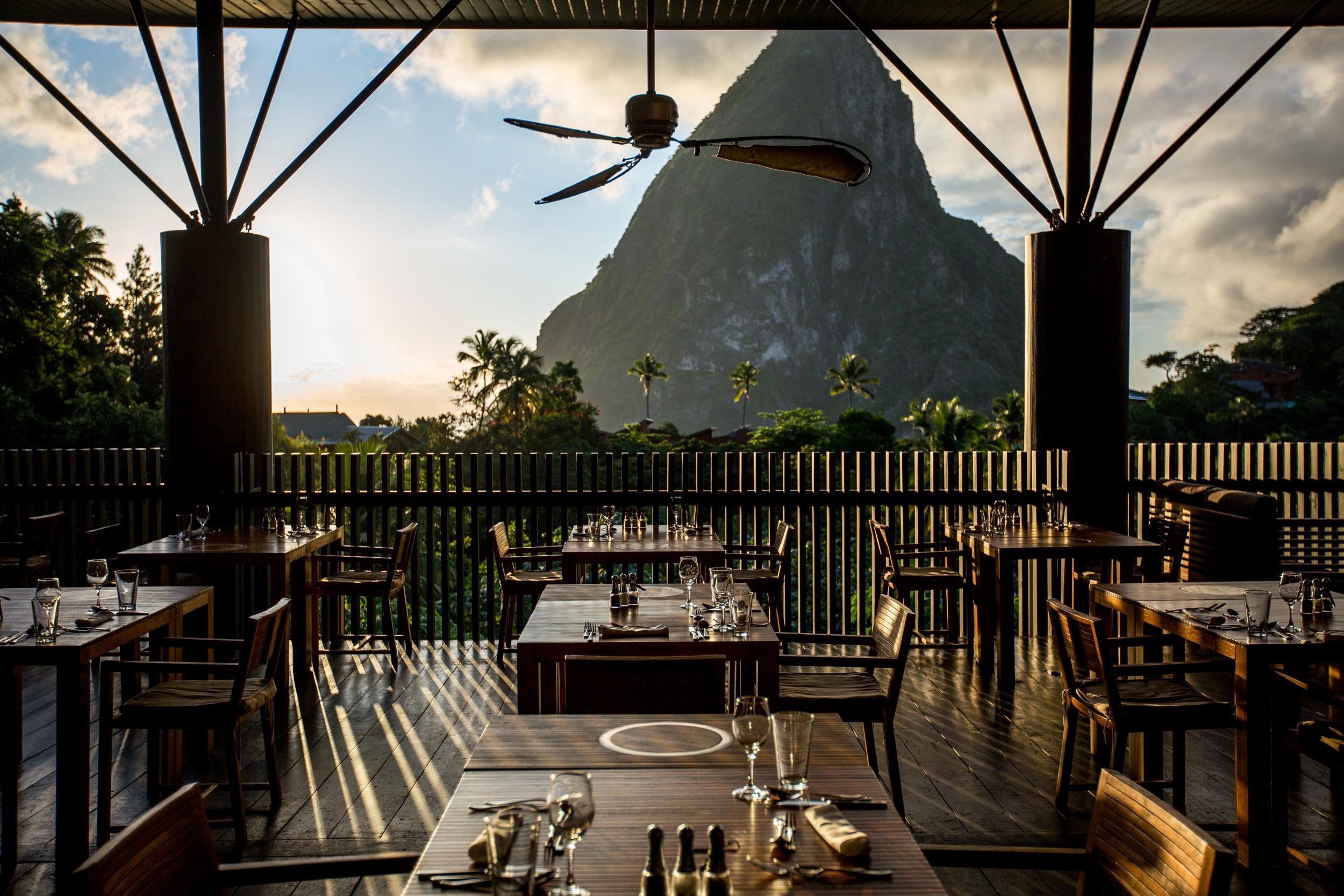
Perched above the rainforest and cocoa groves of St Lucia’s oldest plantation, Rabot Estate, Hotel Chocolat offers guests treats including Cocoa Juvenate Spa treatments and the opportunity to walk the cocoa trails, selecting cocoa pods from trees which are then used to make a person’s own bar of chocolate.
Join our commenting forum
Join thought-provoking conversations, follow other Independent readers and see their replies
Comments